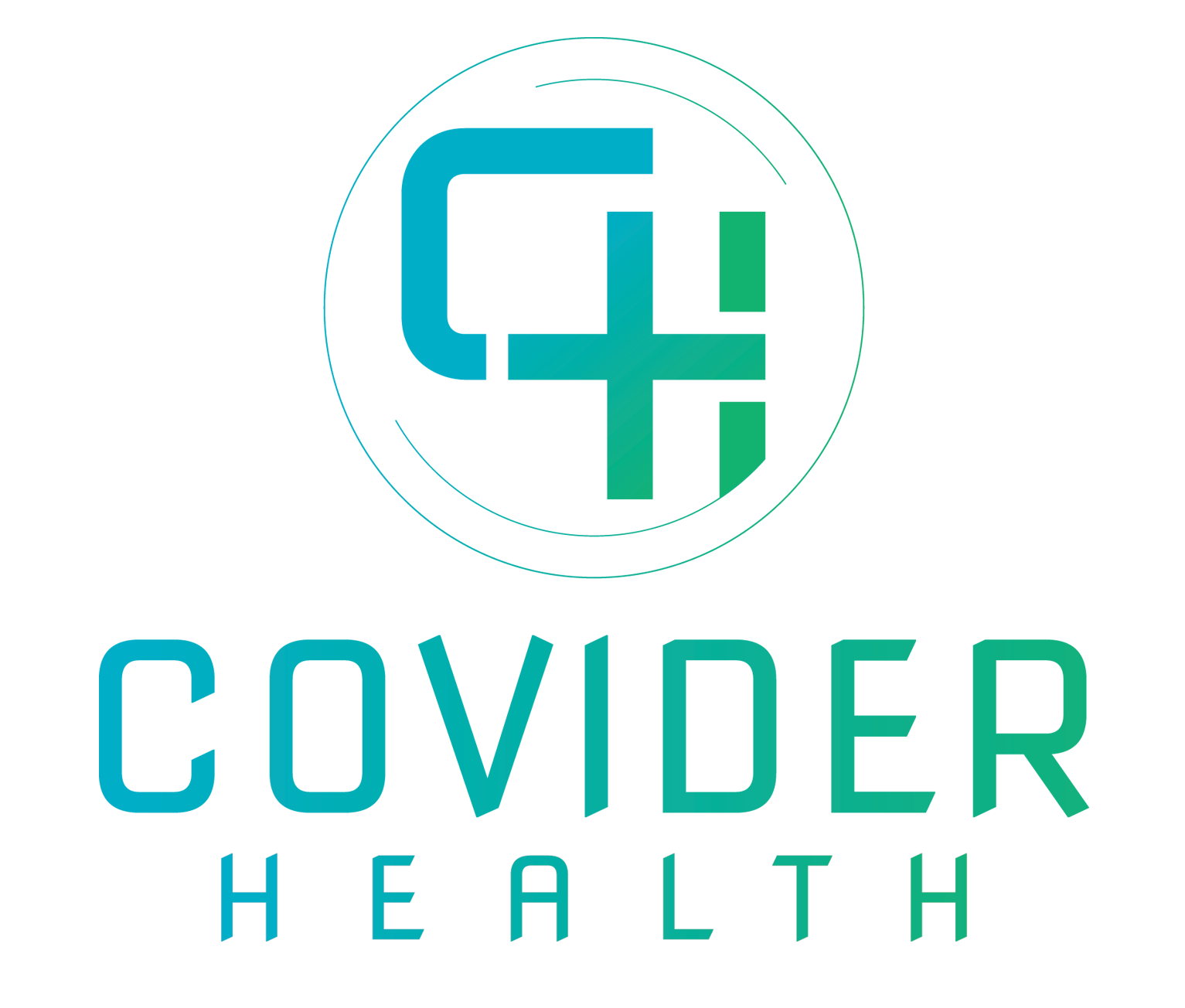There is broad agreement that health care value needs to be improved. Preventable harm continues to cause significant morbidity and mortality. For example, many patients’ chronic diseases are not treated optimally, resulting in avoidable health care use. In 2017, health care spending increased 3.9 percent, totaling $3.5 trillion or close to 18 percent of the gross domestic product (GDP). Of that, it has been estimated that approximately 30 percent can be attributed to wasteful or excess spending, including spending associated with unnecessary or inefficiently delivered services, excess administrative costs, prices that are too high, missed prevention opportunities, and fraud. Health care costs continue to increase faster than the GDP, impacting the budgets of federal, state, and city governments; employers; and individuals.
In any industry, there are two ways to reduce costs: Use fewer services, or increase productivity. The health care industry has largely focused on using fewer services. On the one hand, this is appropriate because the industry overuses many services, and some are harmful. On the other hand, no other industry solved its cost problems by simply consuming less; they also improved productivity. To explore opportunities to improve productivity in health care, a team from Johns Hopkins University hosted leaders from several technology and management consulting companies to discuss the use of systems engineering in health care. This post presents the highlights of the group’s discussion and our subsequent work to identify a small number of high-impact interventions that can improve hospital labor productivity.
Designing Health Care To Achieve A Purpose
The health care industry has experienced declines in productivity despite spending enormously on technology. It is posited that recent small productivity gains have come from clinicians working at unsustainable levels—tempos that result in burnout. Economic models suggest that if health care productivity could grow by 4 percent, we would solve the health care cost problem.
Some have argued that productivity in high-touch industries such as health care and teaching cannot be improved. No doubt, it will be difficult to improve productivity in some components of health care, such as discussing individual preferences for cancer care options. Yet, other components of care are rife with waste and are ripe for significant productivity gains. The Affordable Care Act (ACA) could help motivate such gains. For example, the ACA calls for the Centers for Medicare and Medicaid Services to reduce payments to hospitals over time, based on anticipated productivity gains. In spite of this plan, these gains have yet to be realized, and the investment service Moody’s reported that hospital expenses are rising more rapidly than revenues, resulting in reduced margins.
To demonstrate the lack of systems engineering in health care compared with other industries, participants in our workshop explored how a major airline acquires a jet. This hypothetical airline does not order the components—the wings, engine, landing gear, instrumentation—independently and then try to assemble them. Instead, it contracts with a system integrator such as Lockheed Martin, who builds a plan to specific design requirements. Health care lacks a Lockheed Martin-equivalent to serve as a system integrator that can build an integrated hospital. Currently, leaders building a new hospital do not have a standard component integration plan or purpose-built design. Instead, they approach independent vendors to provide equipment and services. As such, performance—quality, cost (both capital and operating), and productivity—suffers.
In our workshop, the Hopkins team pointed out that 20 years ago, the 1,000-bed, academic Johns Hopkins Hospital employed 3,000 people to care for its patients. Today, it employs just below 12,000 people, with the same number of beds and approximately the same number of discharges. Although the patients may be more acutely ill and the treatment more complex, no other industry has had this type of growth in labor costs. Some of the costs were due to regulatory requirements, some to technologies that hurt productivity, and some to more complex therapies. We believe that a large portion of the costs increases are driven by the organic, instead of designed, development of health care systems. As care has become more complex, new equipment, capabilities, and requirements have simply been added without a system integration plan. Aviation and other industries have demonstrated that purposely designed and integrated systems can significantly reduce materials and labor costs while increasing efficiency and safety.
Opportunities To Improve Hospital Labor Productivity
Workshop participants from the private sector and Johns Hopkins were aligned around the opportunities to improve productivity. In addition to building a purposely designed and integrated hospital, the private-sector leaders asked whether there were a small number of interventions that could be rapidly implemented to improve productivity or whether significant productivity gains would require hundreds of small improvements over a longer period of time. The Johns Hopkins team responded that while building a purposely designed hospital would improve quality and reduce capital and operating costs, a small number of work processes could be redesigned to improve productivity, especially for nurses, the largest component of hospital labor costs. Accordingly, we identified, based on experience and literature, the top five interventions that could significantly improve labor productivity and be addressed with existing technology. While there are other potential interventions to improve productivity, such as improving communication among clinicians and with patients, the problems to be solved were less well circumscribed and the solutions less certain. Below, we discuss the five interventions to improve hospital labor productivity.
Manage The Last 10 Feet Of The Supply Chain
One study estimated that nurses spend approximately 7 percent of their time hunting for supplies such as medications, infusion pumps, commodes, and nutritional supplements. At Johns Hopkins Hospital, we estimated that these activities take 20 percent of nurse time. For example, we found that there is generally no signal to indicate to nurses when a medication arrives on the unit from the pharmacy. Nurses search the unit to determine whether the medication is available. If it is not on the unit, they try again later. This occurs for every dose, for every medication, for every patient. A nurse may care for five patients, and each patient might be on four medications. These activities add up to wasted time and unnecessary costs, induce safety risks to patients, and are disrespectful of nurses’ professionalism, contributing to dissatisfaction, burnout, and turnover.
The health care industry has focused significantly on managing upstream supply costs yet neglected to address the high downstream costs of safety risks, nursing inefficiencies, and dissatisfaction. Tools to manage this part of the supply chain exist in several other industries and can be adapted and applied to health care.
Convert Human Double Check Of Medications To Electronic
Nurses perform a human double check when administering high-risk medications such as insulin or narcotics, as recommended by the Institute for Safe Medication Practices and required by many organizations. At Johns Hopkins, we found that these double checks can consume as much as 22 percent of nurses’ time if performed as required. We also observed that the protocol is infrequently followed and that the process may introduce, rather than defend against, risks. At best, one nurse gets another nurse to perform the double check, distracting the second nurse from his or her tasks, and adding little safety to the medication administration process, while potentially increasing risk when the second nurse has to cognitively re-engage in the prior task. Despite having an electronic medical record (EMR), nurses often manually do multiplication to calculate the required doses of insulin, heparin, or narcotics.
With a grant from the Agency for Healthcare Research and Quality, we led a team from Hopkins to prototype a system to automate dose calculation and changes that should make human double checks obsolete. An electronic double check would be more effective and efficient than a human double check; it would reduce medication errors, avoid distraction errors in the second nurse, and result in labor savings. The technology to convert from electronic to human double check is available. To accomplish this, regulators and professional organizations need to revise their standards to allow automation of dose calculations, and health systems need to specify the required equipment and data standards to enable the technology.
Eliminate False Alarms
False alarms impose risks to safety and reduce productivity. On average, nurses answer a false alarm every 45 seconds from multiple devices used in support of patient care. These devices were not designed nor developed to achieve a common purpose, and as such, their respective alerting and alarming mechanisms were not integrated or normalized, resulting in higher than necessary alarms. Had health care alarms been intentionally designed like key technologies of other high-risk industries (such as oil production, weapons systems, and aerospace)—as a set of interacting parts designed to achieve a goal—alarms and alerts would function in a way that would assist, not distract, caregivers’ attention and purpose.
Other industries generally use “dumb” sensors—sensors without alarms or software—and integrate the data into one “command center” that can set rules, prioritize alarms, and monitor performance. The health care industry has done the opposite. Every sensor comes with its own software and hardware to produce its own alarms, and integrating data from multiple devices requires new clearance and additional software interfaces. All of this software and hardware adds greatly to the capital and operating costs of medical devices while detracting from innovation and system performance. We have referred to this situation as the “alarms race” to get providers’ attention. If the health care industry were to engage a system integrator to integrate alarms and other processes, it would be much safer and less expensive to build and operate, just as Lockheed Martin did for planes.
Minimize Human Documentation
Clinicians spend up to half their time and several hours after work documenting in the EMR, contributing to physician burnout and its associated safety, productivity, and personal risks. Many physician groups have hired scribes and successfully addressed clinicians’ burdens of documentation. It is ironic that the advent of the printing press eliminated the need for scribes for centuries, but the EMR has resuscitated it. Rather than rely on archaic models, delivery systems can improve clinician productivity significantly by automating documentation as part of daily work. To solve this, regulators need to reduce documentation burden, clinicians need to partner with technology companies, and EMR vendors need to allow other companies to document in their EMRs.
Eliminate Human Labor Costs For Submitting And Processing A Claim
Hospitals’ administrative costs—including costs for submitting and processing claims—account for 25 percent of total spending on hospital care. Insurers and employers also incur significant costs for processing claims. Each insurance company has a different process and platform for claims submission. Each step in the claims submission process, such as prior authorization, is often disconnected from the others, such as utilization management or payment integrity. As a result, providers often receive multiple requests for the same piece of data. Furthermore, providers often communicate by fax, which must be manually uploaded into a database. Rework, repeated requests, and waste are the norm. Electronic submission and a common data platform for all insurers, including guidelines around appropriateness and other quality parameters, could significantly reduce costs for providers and insurers and enhance quality.
Summary
The health care industry can significantly improve labor productivity by addressing these five areas and likely several others. These opportunities stem from a dysfunctional narrative that productivity is based on the heroic efforts of clinicians instead of the design of safe systems. Yet, new narratives are possible. Central line–associated bloodstream infections were substantially reduced across the US when clinicians told a new narrative that harm is preventable. Health care needs a new narrative that productivity is based on the design of safe systems, rather than the heroism of clinicians, leveraging proven systems engineering approaches. By addressing the specific opportunities outlined above, health care safety and productivity can be significantly improved. Most importantly, as health care delivery evolves into an engineered system, opportunities for improved value and productivity will grow, and delivery systems will be able to provide the type of care that patients deserve, providers desire, and payers demand.
Authors’ Note
The work described in this post was supported, in part, by a grant from the Agency for Healthcare Research and Quality.




